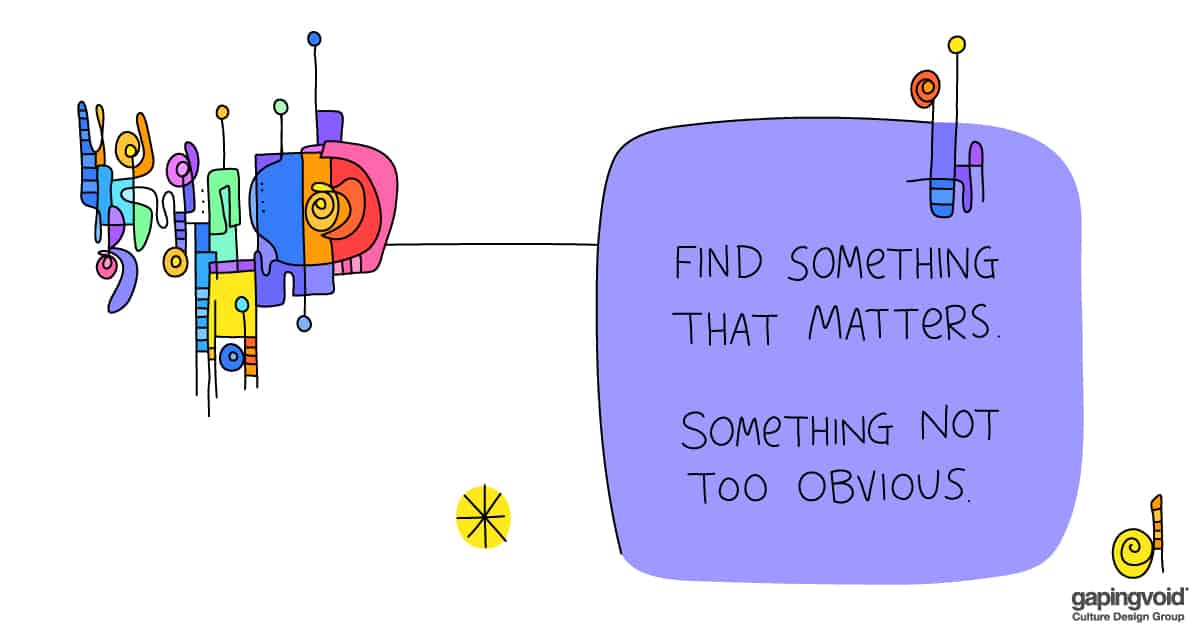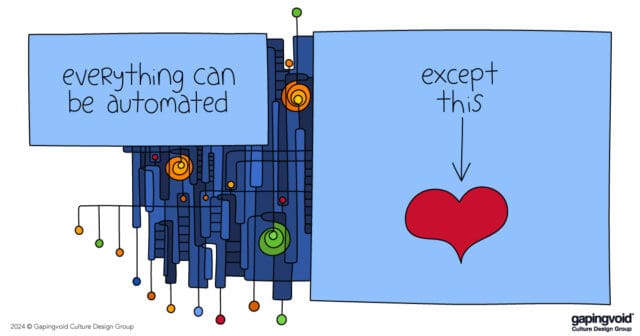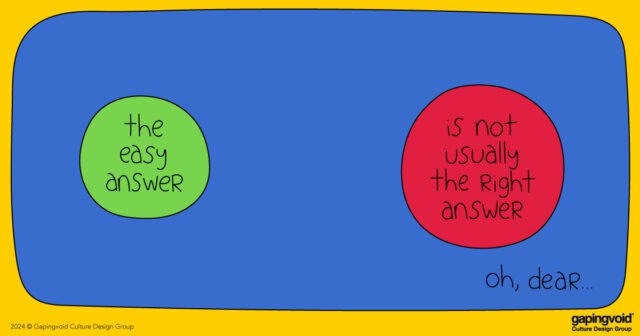
Here’s the thing. Creative types are pretty useless at most things, like say, changing tires, skinning a deer, playing the stock market, or making cold calls.
Yet businesses like to keep them around. Why?
Because creative types know how to do what our advertising friend, Rory Sutherland calls “Alchemy”.
Alchemy is the art of bypassing data, logic, and reason, delving into the world of psychology, to come up with a result that is greater than any data-driven approach could.
Here’s an example Rory likes to give: The brief is to shorten the train ride from London to Paris by one hour.
Mr. Logic-Reason suggests spending a few hundred million pounds to improve the railway lines, buy faster trains, basically investing in and improving hard assets.
Mr. Alchemy suggests spending less than one percent of that, making sure there is super-fast, free wifi on board, and getting attractive folks to hand out occasional free flutes of champagne to customers.
The difference is found in understanding that experiences are subjective and by changing context, you can change the perception of time, shifting the reported quality of the experience. The result is to shift the perception of time in the minds of the customers.
“In the minds of the customers”. That’s the key point here. If the mind thinks lead has been turned into gold, then it has. It doesn’t matter what physics says. A journey that seems shorter is shorter.
There is another case study where travelers at the Houston airport were complaining about the length of the wait for luggage. The engineering answers were more unloading equipment, faster conveyors, etc. What was the solution that worked? Simply, they reconfigured the path from the gates to the luggage area, to make the walk longer. The wait at the luggage belt was reduced. Complaints plummeted.
There are always different approaches to making change happen. Our usual reflex is to look at the engineering solution, to drive harder, but in fact, understanding the human perception of the experience is the only thing that usually matters.
Perception is reality and in designing improvements one must understand the deeper human need. When you do, the answers are often completely counter-intuitive.



